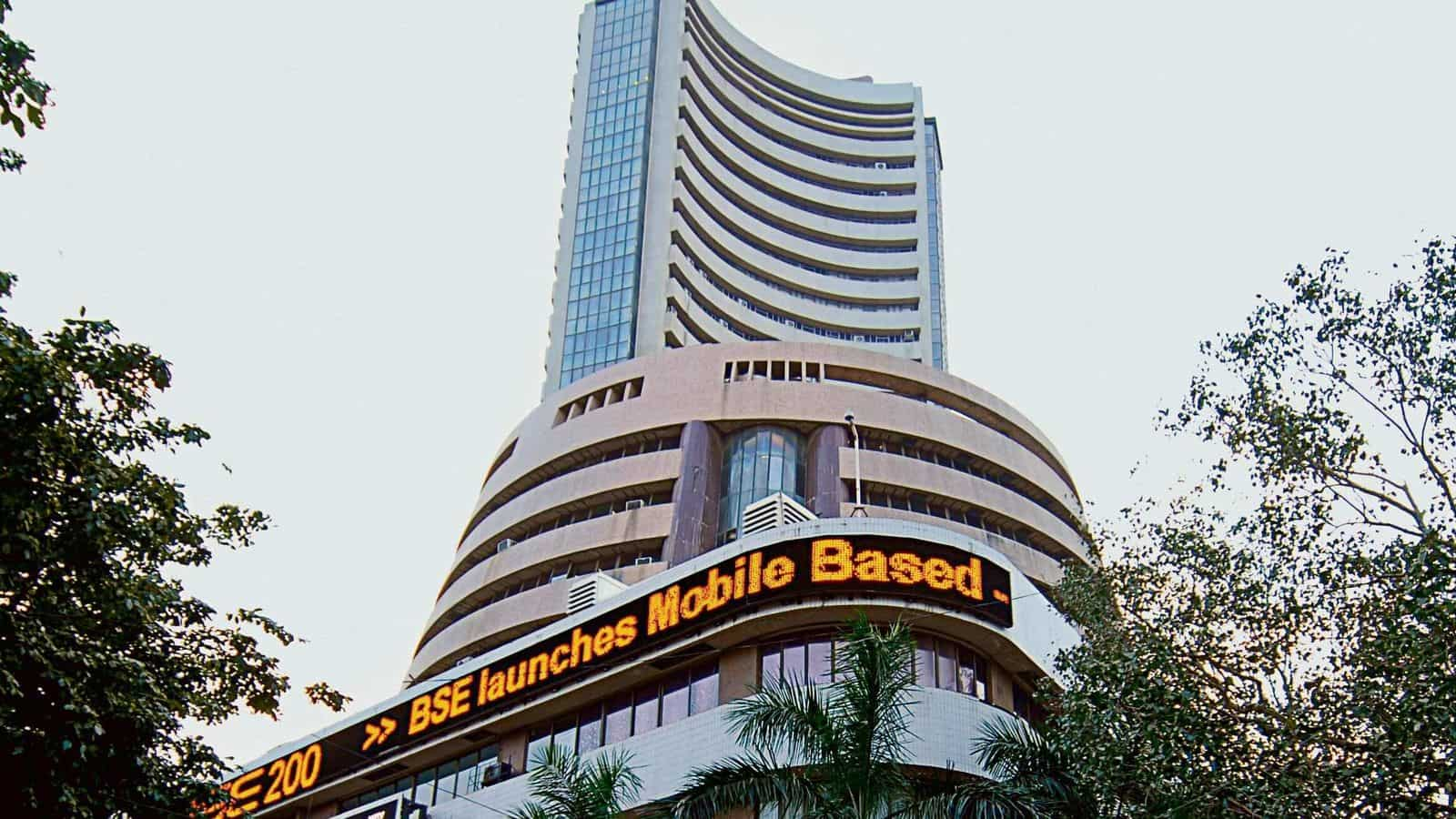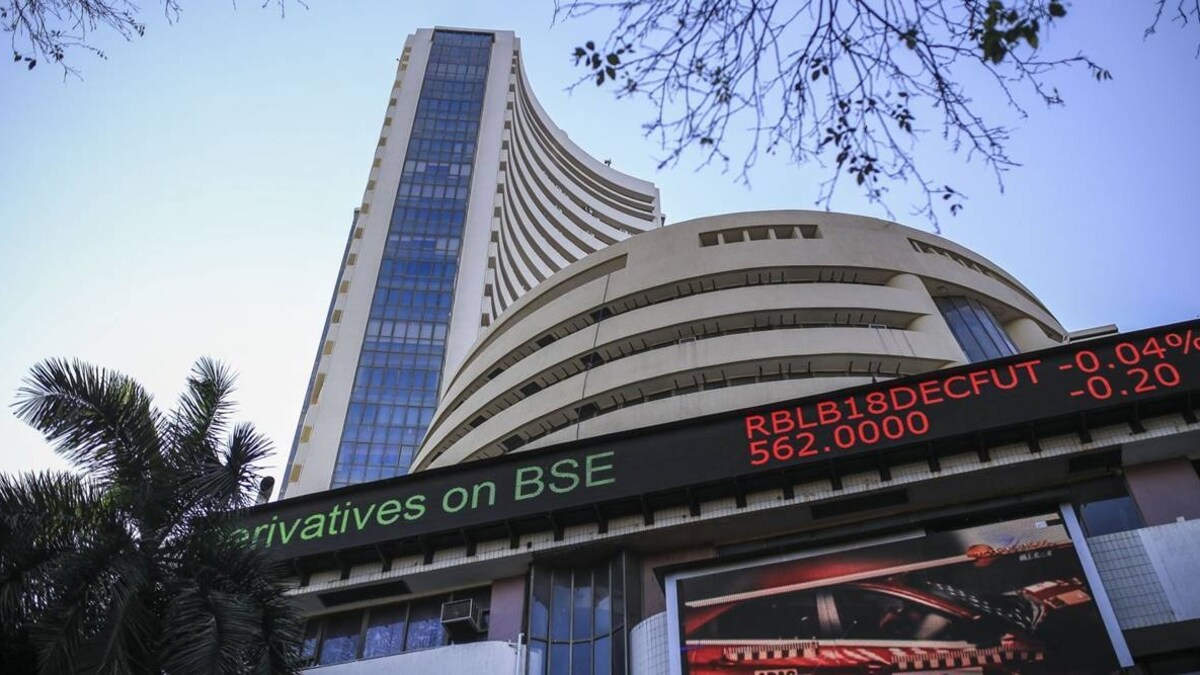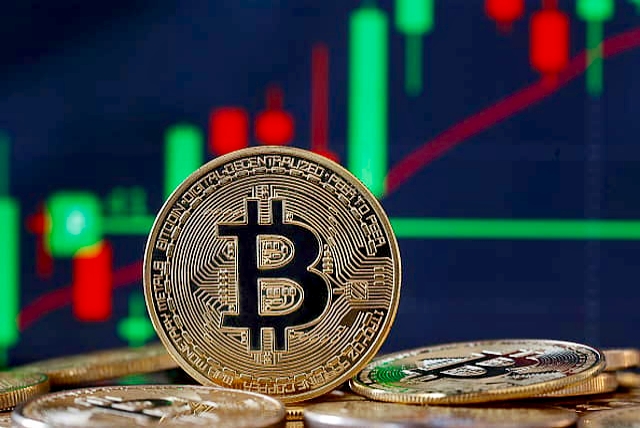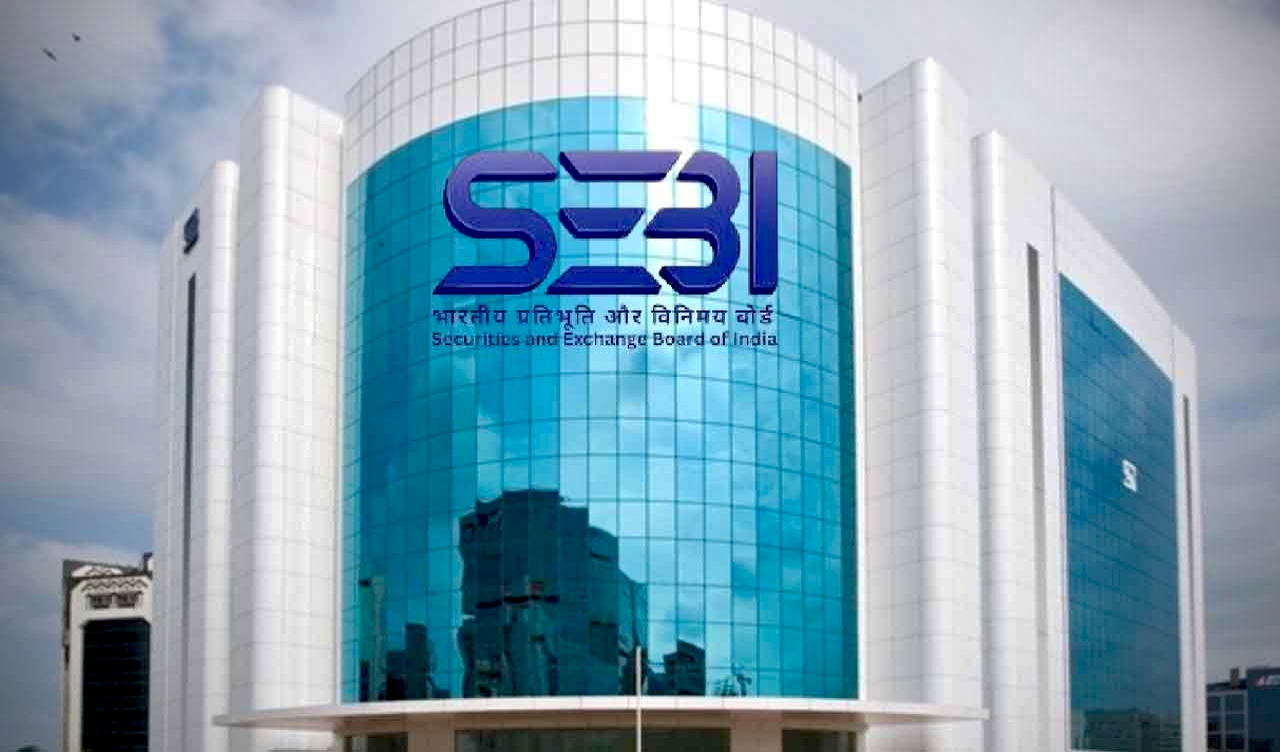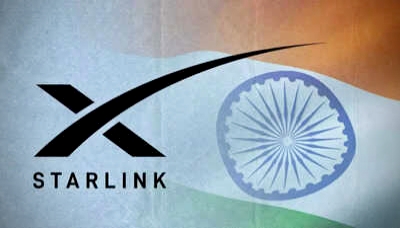
Geopolitical tensions are once again rattling global financial markets, and at the center of this storm is the escalating conflict between Israel and Iran. For India — a nation deeply dependent on oil imports and increasingly integrated into global trade and capital flows — the repercussions are manifold. From rising crude prices to heightened currency volatility, and from foreign investor outflows to sector-specific tremors, the Israel-Iran conflict has emerged as one of the most pressing concerns for Indian equities in 2025.
Geopolitical Background of the Conflict
The Israel-Iran rivalry is not new, but recent events have intensified global anxieties. Following Iran’s accelerated nuclear program and Israel’s targeted strikes on strategic assets within Iran and its proxies in Syria and Lebanon, direct retaliatory actions have escalated. In April and May 2025, missile exchanges and drone strikes led to significant casualties and destruction of oil infrastructure near the Strait of Hormuz, a chokepoint for nearly 20% of global oil supplies.
According to a Reuters report dated May 18, 2025, Iran threatened to blockade oil shipping lanes in response to Israeli strikes, prompting the U.S. to increase its naval presence in the region. The risk premium on crude oil surged immediately, sending Brent crude above $96 per barrel — a 20-month high.
Impact on Global Crude Oil Prices
India imports over 85% of its crude oil, making its economy highly sensitive to global oil price movements. The spike in oil prices due to Middle East instability could sharply inflate India’s import bill, widen the current account deficit, and exert pressure on the rupee.
According to Bloomberg Economics, every $10 increase in oil prices raises India’s inflation by 0.3-0.4% and increases the fiscal deficit by 0.1% of GDP. With oil nearing $100 per barrel and no de-escalation in sight, the inflationary pressures threaten the Reserve Bank of India’s (RBI) pause on rate hikes, thus impacting corporate earnings and market valuations.
Effect on Indian Equity Markets
The benchmark Nifty 50 and Sensex have already shown signs of nervousness. Between May 10 and June 10, the Nifty slipped nearly 2.8%, led by declines in energy, IT, and pharma stocks. Volatility Index (India VIX) spiked by 18% in the same period, reflecting heightened risk aversion among investors.
Moreover, the market is grappling with a double whammy — rising global crude prices and sustained foreign portfolio investor (FPI) selling. FPIs pulled out ₹12,000 crore from Indian equities in May 2025, according to data from NSDL, citing global risk aversion and strengthening U.S. dollar yields.
Sector-wise Analysis
1. Oil & Gas
The most directly impacted sector is oil & gas. Upstream companies like ONGC may benefit from higher crude realization, but downstream refiners such as Indian Oil Corporation (IOC), BPCL, and HPCL are under margin pressure due to rising input costs.
As per ICICI Securities, gross refining margins (GRMs) could contract if price hikes aren’t passed on to consumers quickly, given the political sensitivity around fuel prices. This makes the net impact on oil & gas mixed, with volatility likely to persist.
2. Information Technology (IT)
The IT sector, especially large exporters like Infosys, TCS, and HCL Tech, faces indirect exposure. Geopolitical uncertainty could lead to reduced IT spending from U.S. and European clients, particularly in sectors like BFSI (Banking, Financial Services & Insurance).
A report by Gartner (Q1 2025) had already flagged cautious enterprise tech spending, and the conflict only adds to the macro risks. However, rupee depreciation could offer a cushion to margins in the short term.
3. Pharmaceuticals
India’s pharmaceutical exports to the Middle East and West Asia — a key market — could be disrupted. Logistics challenges, airspace restrictions, and payment delays are probable if the conflict widens.
According to India Ratings & Research, companies like Dr. Reddy’s, Sun Pharma, and Cipla have moderate to high exposure to MENA markets, and extended conflict could impact toplines.
4. Defence
The one bright spot amid this turmoil may be the defence sector. Increased geopolitical risk boosts government spending on defence modernization. Indian defence manufacturers like Bharat Dynamics, HAL, and BEL are likely to see increased investor interest.
As per Nomura India, the government is expected to front-load defence procurement as strategic preparedness becomes a priority. This sector could offer a thematic hedge against global risk-off sentiments.
FII Activity and Rupee Volatility
Foreign institutional investors, already risk-averse due to high global interest rates and recession concerns in the West, have accelerated outflows from emerging markets, including India. The rupee has weakened to 84.90/$ — a 10-month low — as per RBI data.
Currency volatility not only dampens FPI sentiment but also raises hedging costs for corporates and importers. RBI intervention has been noted via dollar sales, but unless oil stabilizes, the rupee remains under pressure.
Expert Opinions
Sonal Varma, Chief Economist at Nomura India, told ET Now, “The biggest worry for India isn’t direct exposure to the Middle East but indirect macro stress via crude oil, currency, and FPI flows.”
Morgan Stanley’s Asia Strategy Note (May 2025) downgraded Indian equities to “Equal Weight” from “Overweight” citing geopolitical tensions, oil price risks, and rich valuations.
Radhika Rao, Economist at DBS Bank, in a recent CNBC-TV18 interview, suggested that “investors should brace for short-term volatility, though India’s long-term fundamentals remain intact.”
Short-Term vs Long-Term Outlook
Short-Term Risks:
- High crude prices squeezing fiscal room and corporate earnings.
- Volatile FII flows and weakened rupee pressuring equity valuations.
- IT and pharma headwinds from global demand and trade disruption.
- Increased market volatility, limiting upside momentum.
Long-Term Opportunities:
- India may benefit from China+1 and Middle East+1 supply diversification trends.
- Government push on energy transition and defence indigenization can attract thematic capital.
- Earnings visibility in select domestic sectors (banking, infrastructure) remains strong.
- Policy stability, digitalization, and strong demographics continue to be India’s core strengths.
Conclusion and Investor Advice
The Israel-Iran conflict has undeniably added a major geopolitical layer of uncertainty for Indian investors. While short-term risks are significant, particularly around oil prices, rupee weakness, and foreign flows, long-term investors should focus on quality names, sectoral rotation, and valuation comfort.
Asset allocation, hedging strategies, and thematic plays (like defence, renewables, and infrastructure) should be emphasized over directional bets. Retail investors are advised to consult financial advisors and avoid panic selling.

